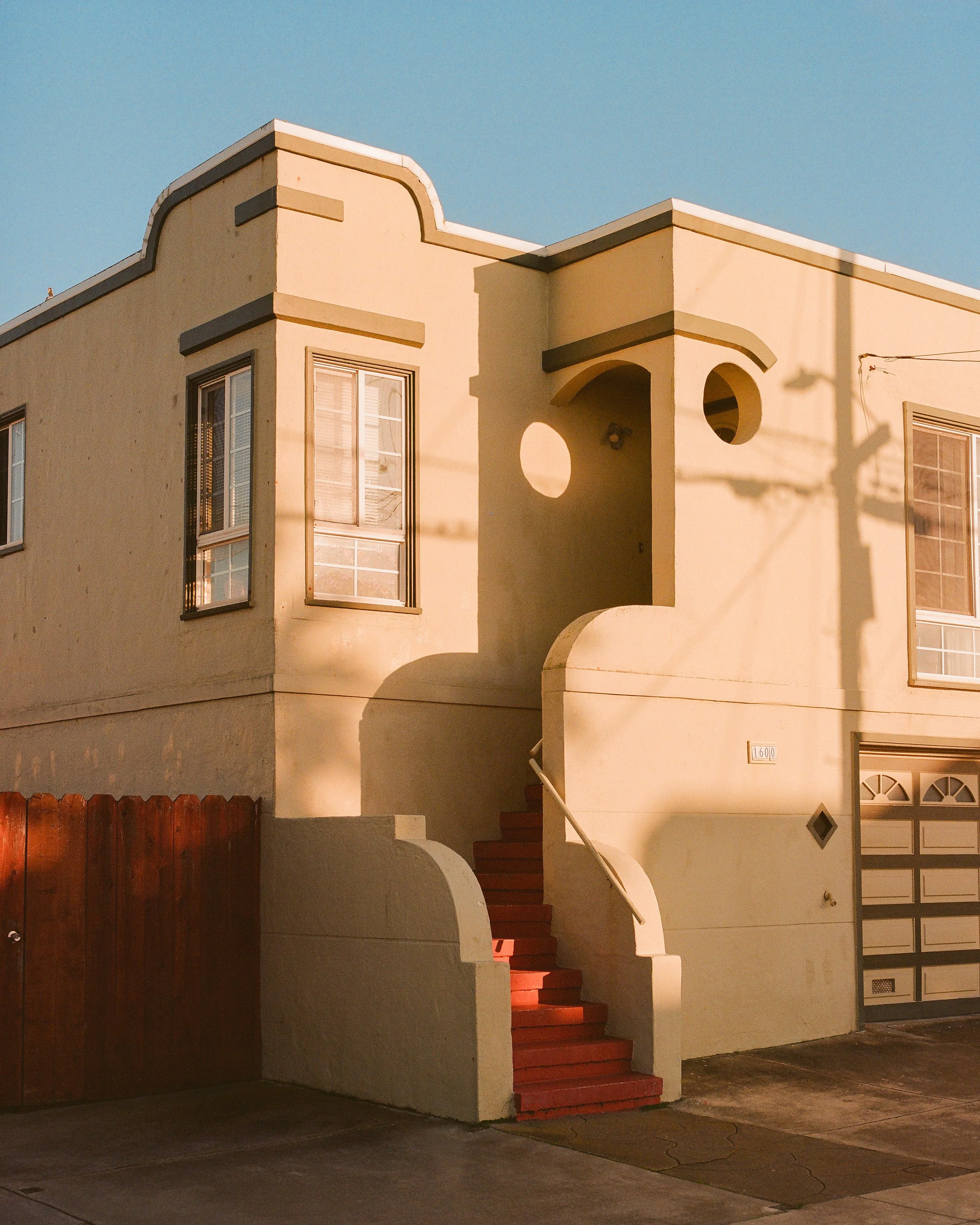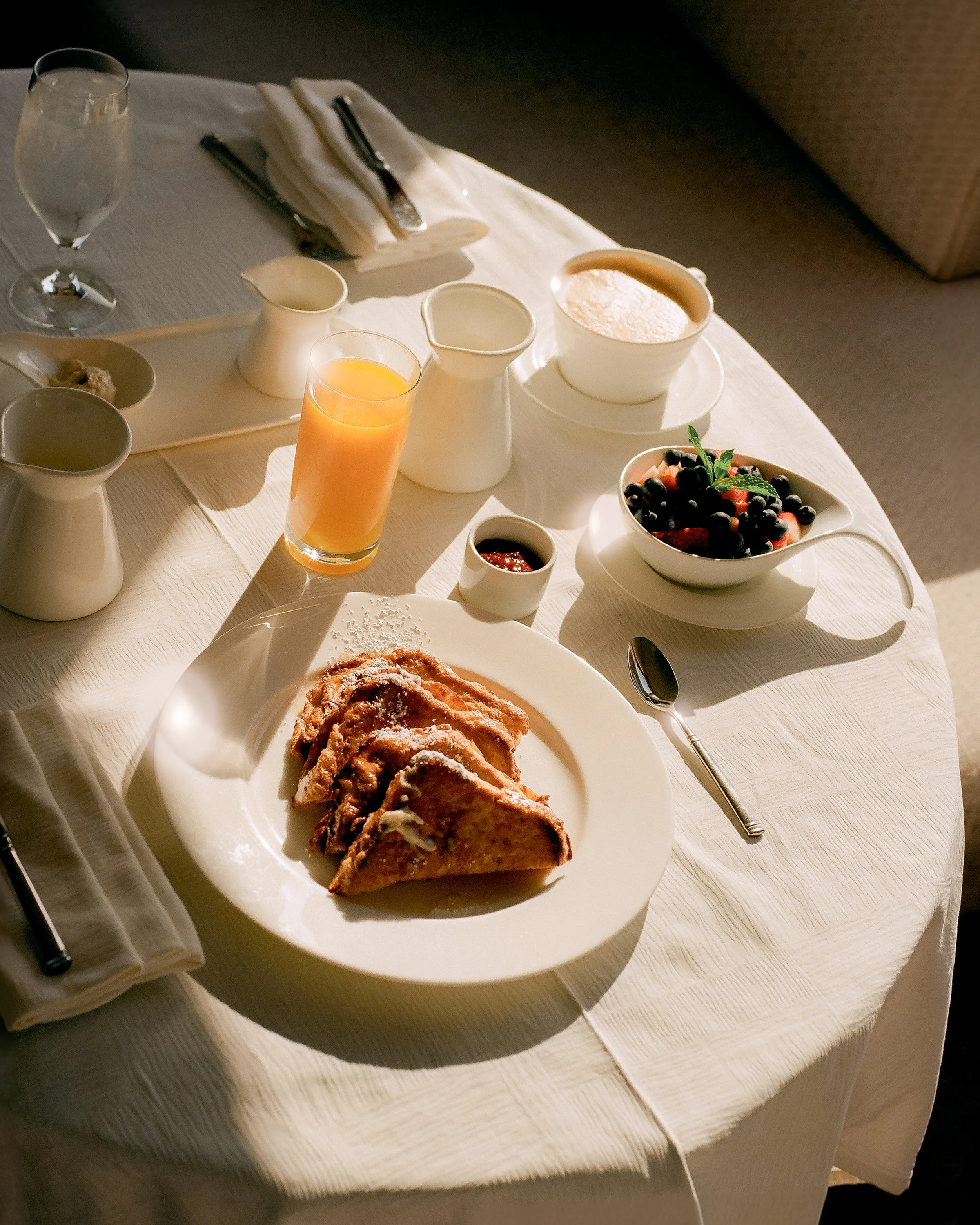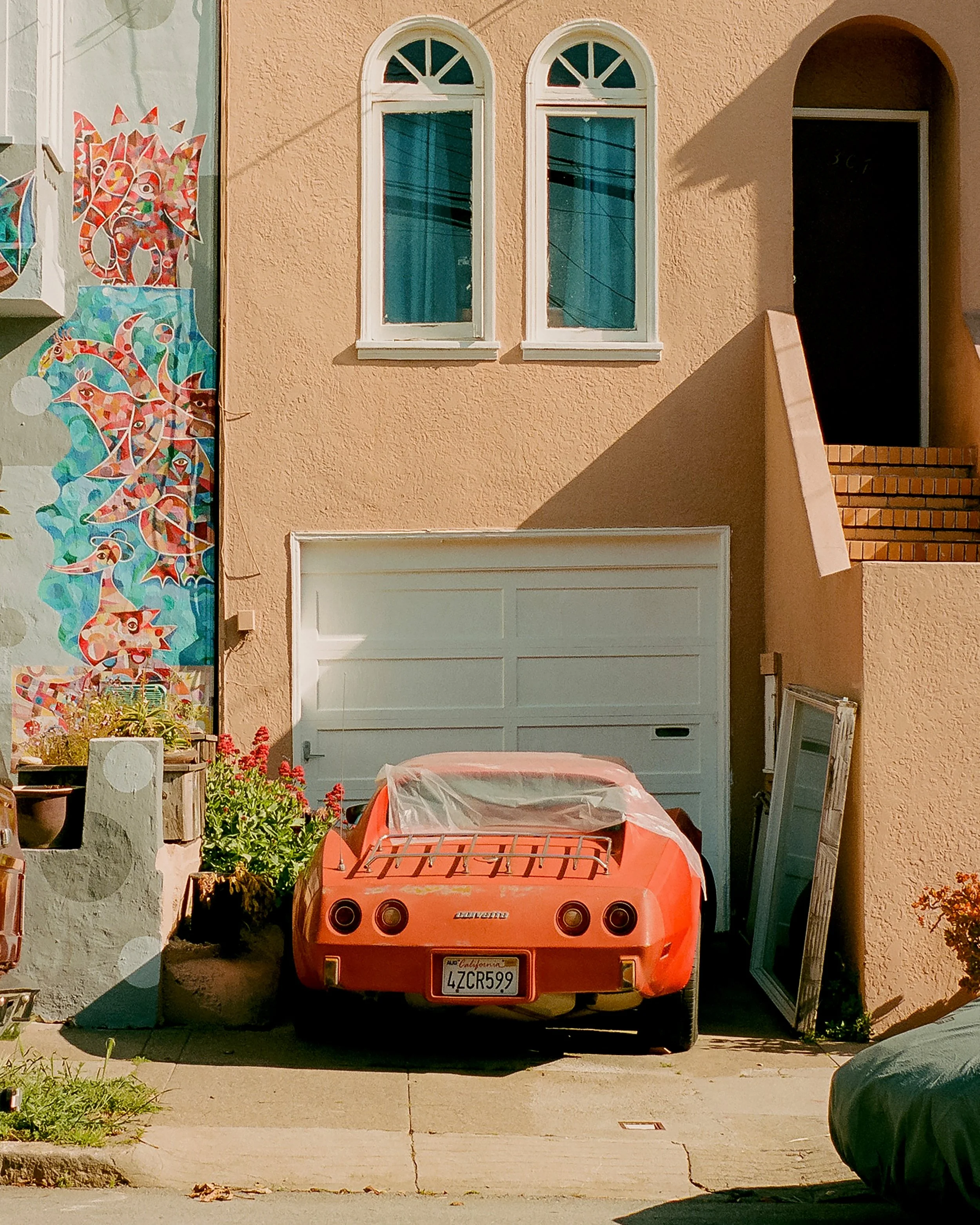Kodak Portra 400 Review 2025: Still Beloved, Still Amazing
Reviewing a beloved film stock: Why Portra 400 is still worth shooting in 2025 and how to get the best results.
Let’s walk it back real quick
For those just dipping their toes into film photography, Portra 400 is one of the industry’s color-negative kings. It replaced the earlier Portra 160 and 400 NC (Neutral Contrast) and VC (Vivid Contrast) versions in 2010, and acts as one of Kodak’s leading color films. The updated emulsion improved image quality and consistency, solidifying Portra 400's reputation as a go-to choice in the film photography community.
Still available in both 35mm and 120 formats, Portra 400 remains accessible to professionals and hobbyists alike, regardless of what’s in their camera quivers. While the stock cost has risen significantly over the past 15 years, Kodak shows no signs of discontinuing this beloved film line with so many photographers continuing to use it. In 2025, the hashtag #Portra400 has over 3.2M posts, more than any other film hashtag.
Shot on Kodak Portra 400 with Poorboy Coffee.
Shot on Kodak Portra 400 in San Francisco’s Outer Sunset District.
‘Best’ Uses
Acting as the middle child between Portra 160 and Portra 800, it’s often been touted as the best film for ‘portra’its and photographers who frequently feature people in their images. It has this uncanny ability to consistently produce negatives with neutral contrast, natural colors, and flattering skin tones—photographers can rest easy knowing what type of image to expect.
Since true-to-life tones are one of its strong suits, the film has also garnered a cult following within the landscape photography community. It can be utilized in various lighting conditions—overcast, sunny, snowy, and direct light—often producing ideal results. Plus, with a box speed of 400 (when paired with the right camera), it’s considered a ‘fast’ film, as the ISO allows for shooting with fast enough shutter speeds so you won’t need to rely on a tripod.
For me, I reach for it whenever I’m in an 'I need to get these photos right' situation. Whether I’m shooting for a client or traveling, having Portra 400 loaded keeps me relaxed, knowing I’m using a film stock I trust. I’ve tried many different types of film, and while I enjoy the results of many, Portra provides a level of consistency better than any other stock I know.
Shot on Portra 400 for Four Seasons Embarcadero
Shot on Portra 400 with a Pentax 645n
Shot on Portra 400 with a Minolta x570
Shot on Portra 400 for American Airlines
Annnd How to Use
LIGHT! Give it lots of light, and Portra 400 will never let you down—it thrives on overexposure. Many photographers, myself included, choose to rate it at a lower ISO when shooting. I rate it at 250—partly because I loved the results the first time I tried it and from then on partly out of superstition, though the larger community consensus is to rate it at 200. This can help bring out more detail in the shadows and achieve that signature soft highlight roll-off. This approach maintains Portra’s natural look while enhancing the opportunity for that ‘pastel’ effect in your images.
Underexposure, on the other hand, is where this film struggles. Shadows can become dense and muddy (unless that’s your vibe!), often losing detail beyond recovery. So, rating it above 400 can be risky in certain situations, as your images may not turn out as expected.
That being said, I’ve rated Portra 400 at 800 to 1000 during times like blue hour or when shooting indoors. The film’s great latitude and versatility have allowed some of these images to turn out beautifully, so there’s a time and place for it. It’s something to experiment with on your own—just be mindful of your expectations.
Portra 400 rated at 640.
Portra 400 rated at 250.
Why It’s Still Worth Using in 2025
Digital cameras are incredible these days. They boast ISO ranges in the hundreds of thousands, massive megapixel counts, and sensors capable of impressive color reproduction. For many use cases, digital cameras are the way to go—you can review your work instantly, shoot thousands of frames, and, after purchasing the camera and lens, the cost of shooting becomes almost negligible.
BUT that’s not always the case. Despite these capabilities, many photographers still choose film for their projects, both professional and personal. Since film is a tangible negative with light imprinted upon it, the image you capture is quite literally the world as you saw it. While that might sound a bit sentimental, it’s true. In some way or another, film’s color reproduction (and processing experiences)—at least in my opinion—is something digital cameras have yet to fully replicate.
Portra 400 creates a distinct look that continues to attract both photographers and those who view their work. That’s why it’s still a valuable tool in a photographer’s kit or even their only tool! These days specialists are popping up everywhere as more brands and people see their film-based content perform. Film-only wedding photographers, commercial & lifestyle folks, fashion, the list goes on. Even as digital cameras continue to advance with higher resolutions and AI-powered color grading, there's something about Portra 400’s natural tones and organic grain that provides that extra element.
Now, you might be rolling your eyes a little (cause I am), because big surprise this ends by saying it’s still worth using. At the end of the day, Portra 400 hasn’t changed a bit in 2025—in the best way. It delivers exactly what we expect, just as it has since 2010. As long as Kodak keeps making it, photographers will keep shooting it. So if you’re new to this stock, give it a try. And if you’ve been using it for years, hopefully, this gave you a reason to keep loading it up and creating.









